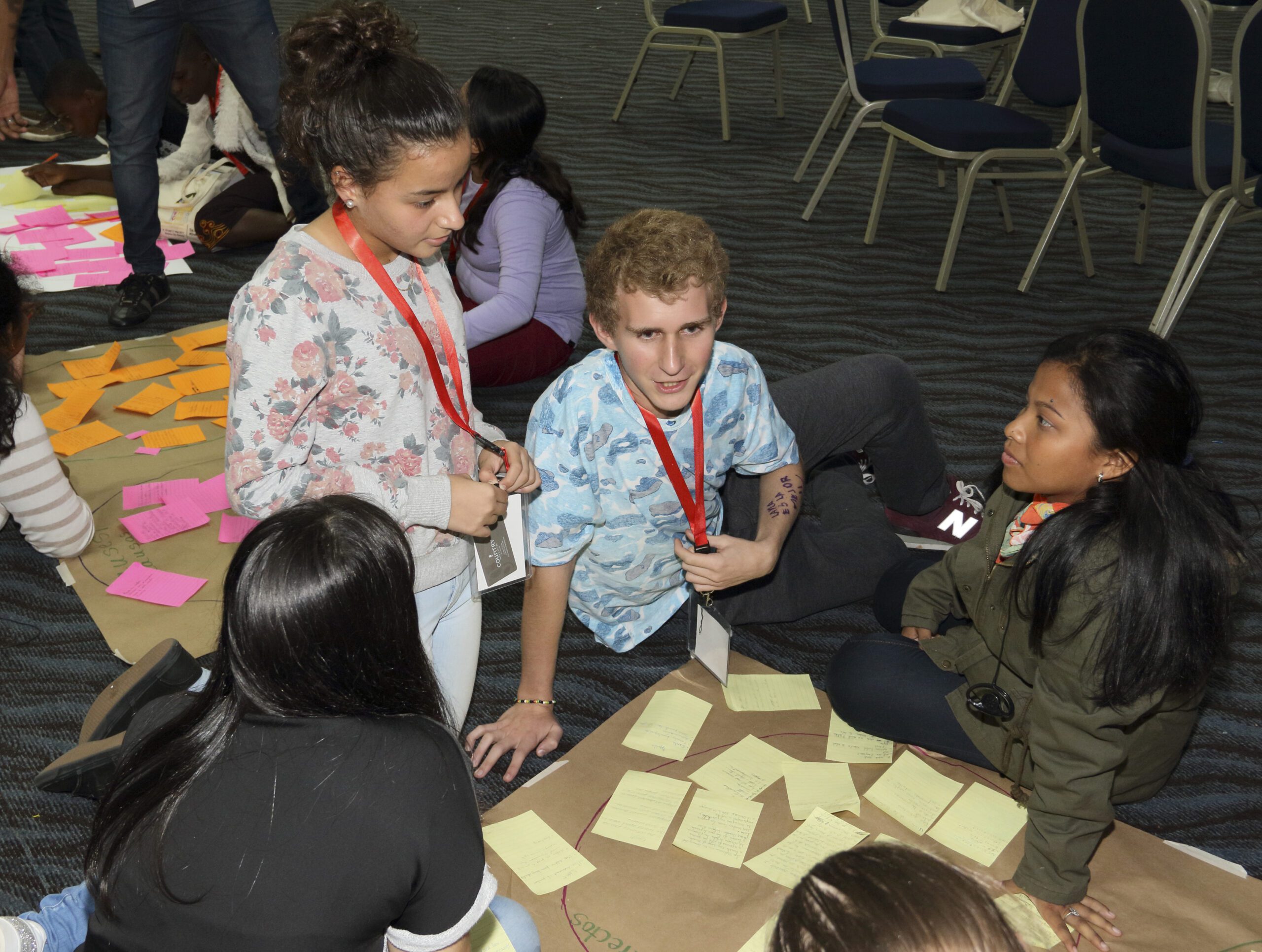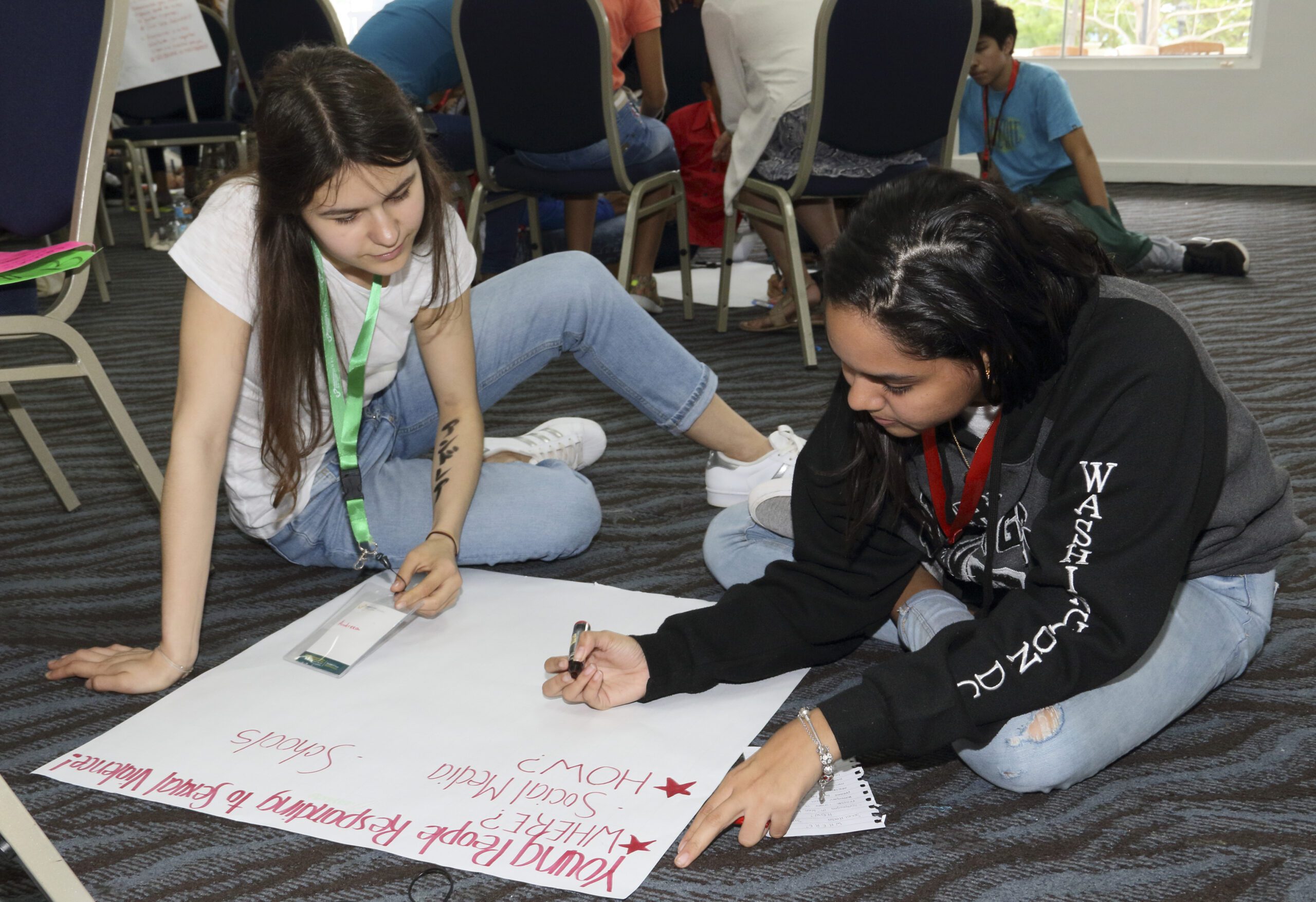
September 8th was proclaimed as International Literacy Day (ILD) by UNESCO at the 14th session of UNESCO’s General Conference on 26 October 1966 to remind the international community of the importance of literacy for individuals, communities and societies, and the need for intensified efforts towards more literate societies. Since the first ILD in 1967, ILD celebrations have taken place annually around the world, coordinated by UNESCO, countries and partners, to advance the literacy agenda at global, regional and national levels.
Theme of the International Literacy Day 2017
The overarching theme of ILD 2017 is: ‘Literacy in a digital world’.
Objectives
- To reflect on what it means to be literate in increasingly digitally-mediated societies;
- To explore effective policies and programmes for literacy skills development in a digital world; and
- To explore how digital technologies can support progress towards the Sustainable Development Goal 4, especially Target 4.6 on youth and adult literacy.
Background
Digital technologies, including the Internet, mobile phones, and all the other tools to manage information digitally, are fundamentally changing the way people live and work, learn and socialise. This transformation is taking place at record speed with the rapid advancement and expansion of technologies. For instance, mobile subscriptions, which had been a few tens of thousands in 1980, were about 7 billion in 2015. In Africa, mobile subscriptions increased from almost zero in 2000 to around 900 million today.
The transformation has both positive and negative sides. For many, digital technologies provide better access to information and knowledge that used to be out of reach or costly, while facilitating the use of obtained information and knowledge. Digital technologies also enable a host of services – including administrative, educational, health and agricultural ones – to be delivered in a more accessible and efficient way. In industry, Industry 4.0, including the Internet of Things and Cloud Computing, has realized a direct and real-time interface between the virtual and physical world to create so-called ‘smart factory’, bringing about the fourth industrial revolution. For societies that are less equipped with conventional infrastructure, digital technologies are offering opportunities for people to benefit from information and services that are not available in their immediate environments and for policy-makers to bring ‘ICT-enabled transformation’ into the public services.
At the same time, there is a global ‘digital divide’ in terms of access to digital technologies, their use and impacts. The broader development benefits associated with the rapid technological advancement are unevenly distributed across and within countries. Around 4 billion people, more than half of the world population, do not have any internet access, nearly 2 billion do not use a mobile phone, and almost half a billion live outside areas with a mobile signal. In 48 Least Developed Countries (LDCs), only around one in seven people is online. Beyond simple technology access, there exist capacity gaps. The knowledge, skills and competencies required to access and analyse the accessed information, and to best utilize it in a given context affect to what extent the “digital dividends” can be reaped or, worse, to what extent the digital divide can be magnified. Usually, the harvest is greatest amongst groups that are already privileged. Those who are marginalized due to their gender, ethnicity, geographical location or economic status, tend to be left behind in participating in our digital societies and digital-enabled transformation.
Click here to read full article.


